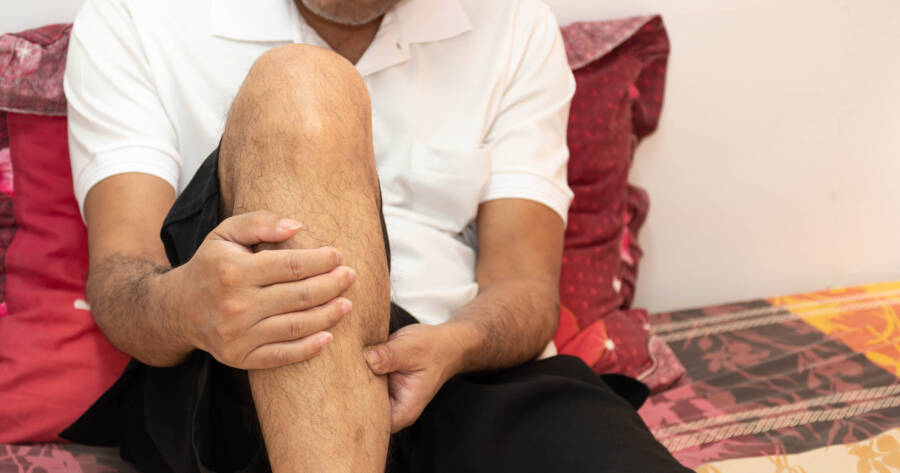Guillain-Barré syndrome (GBS) is a rare neurological disorder where the immune system mistakenly attacks the body’s nerves, potentially causing weakness, tingling, or even paralysis. This condition can develop rapidly and may require prompt medical attention. Fortunately, you can explore detailed information online to learn about the causes, early symptoms, and available treatment options for GBS. Understanding this condition can help in recognizing its signs and seeking timely intervention to improve outcomes.
What is Guillain–Barré Syndrome?
This rare disorder affects the peripheral nervous system, which includes nerves outside the brain and spinal cord. Basically, the immune system mistakingly attacks the nerves, causing confusion between the brain and muscles. As a result, people with GBS experience sudden muscle weakness and tingling in their extremities. This can progress rapidly, leading to paralysis in severe cases.
The exact cause is unknown, but GBS often follows infections like respiratory or gastrointestinal illnesses, which can also interact with your autonomic nervous system. People can fully recover from Guillain-Barré syndrome, but only with early diagnosis and treatment.
Uncover the Causes and Symptoms of Guillain–Barré Syndrome
The symptoms of GBS can vary from person to person, but they typically develop over a few days or weeks. The most common symptoms include: 1
- Weakness and numbness in the legs and arms
- Difficulty walking or moving the arms
- Tingling or prickling sensations in the hands and feet
- Muscle pain
- Difficulty breathing
- Drooping eyelids
- Difficulty speaking or swallowing
Many of these signs are similar to high blood pressure symptoms, another health issue that orbits the autonomic nervous system. In severe cases, GBS can cause paralysis and even death. The risk of complications is higher in people who are older, have other medical conditions, or who develop GBS after an infection.
Discover Treatment Options for Guillain–Barré Syndrome
Treatment typically includes immunotherapy and physical therapy to manage symptoms and support nerve healing. The main treatment options for GBS include:
- Intravenous immunoglobulin (IVIg) therapy: This treatment involves giving the patient high doses of antibodies through a vein. IVIg therapy helps to block the immune system from attacking the nerves.
- Plasma exchange: This treatment involves removing the patient’s blood plasma and replacing it with fresh plasma. Plasma exchange helps to remove harmful antibodies from the blood.
- Supportive care: This includes measures such as providing respiratory support, preventing blood clots, and managing pain.
Most people with GBS recover completely with treatment. However, some people may experience long-term problems, such as weakness, numbness, or fatigue.
What Can Happen if Guillain–Barré Syndrome Isn’t Treated?
The symptoms should be unusual enough to convince most people to book a doctor’s appointment. However, for those who don’t seek treatment, Guillain–Barré syndrome can lead to serious complications. The initial muscle weakness can quickly escalate to full paralysis, affecting both arms and legs. In severe cases, paralysis can extend to respiratory muscles, making breathing difficult and potentially requiring mechanical ventilation. 2
Without intervention, the autonomic nervous system, which controls vital functions like heart rate and blood pressure, can be compromised. This may result in dangerous fluctuations in these functions, increasing the risk of cardiac issues. Additionally, prolonged immobility can cause blood clots and pressure sores. Prompt treatment is essential to prevent these life-threatening complications and promote recovery.
Learn More About Guillain–Barré Syndrome
If you think you may have GBS, it is important to see a doctor right away. Early diagnosis and treatment can help to improve your chances of a full recovery.
For more information about GBS, many reputable sources exist, including the National Institute of Neurological Disorders and Stroke, Mayo Clinic, and GBS/CIDP Foundation International.
